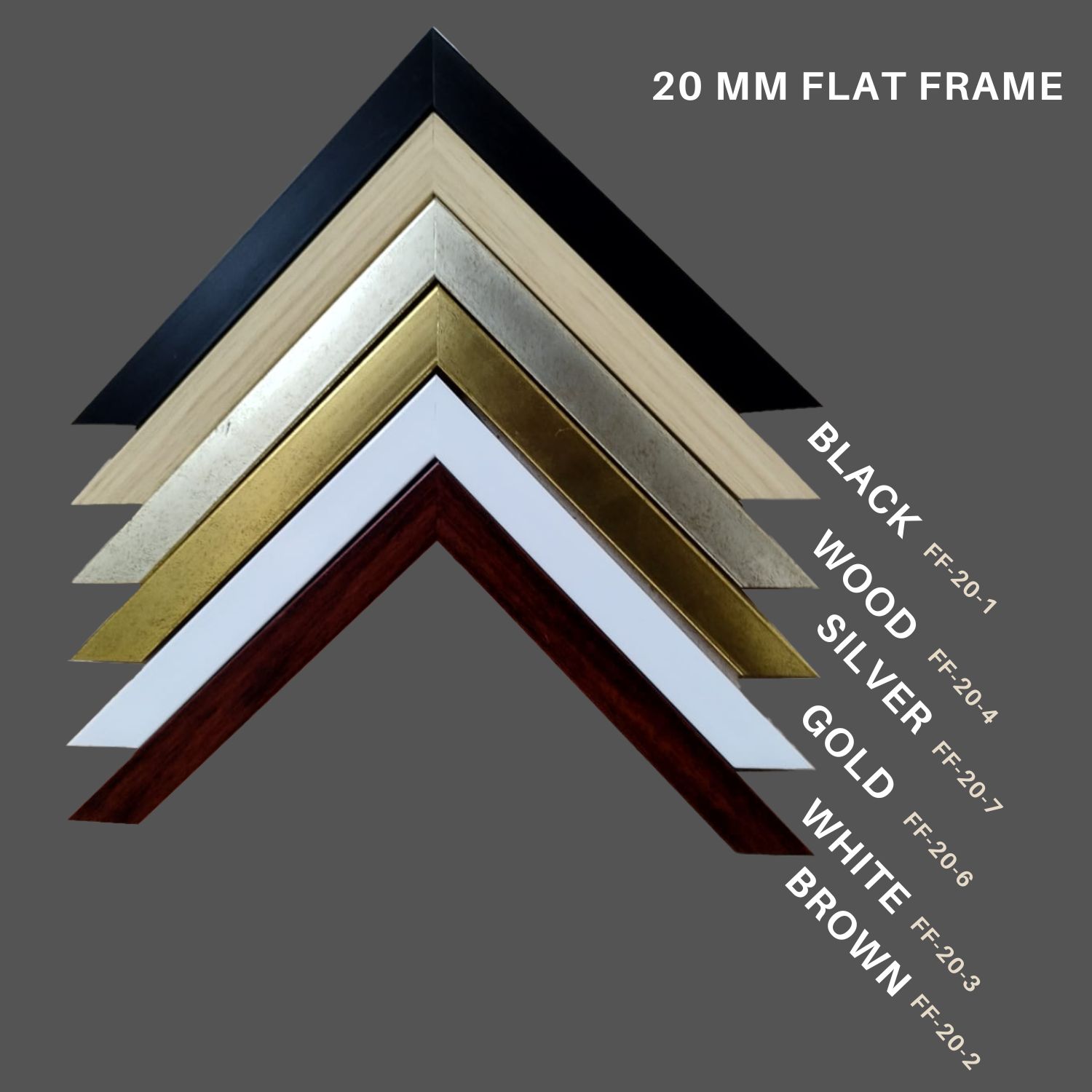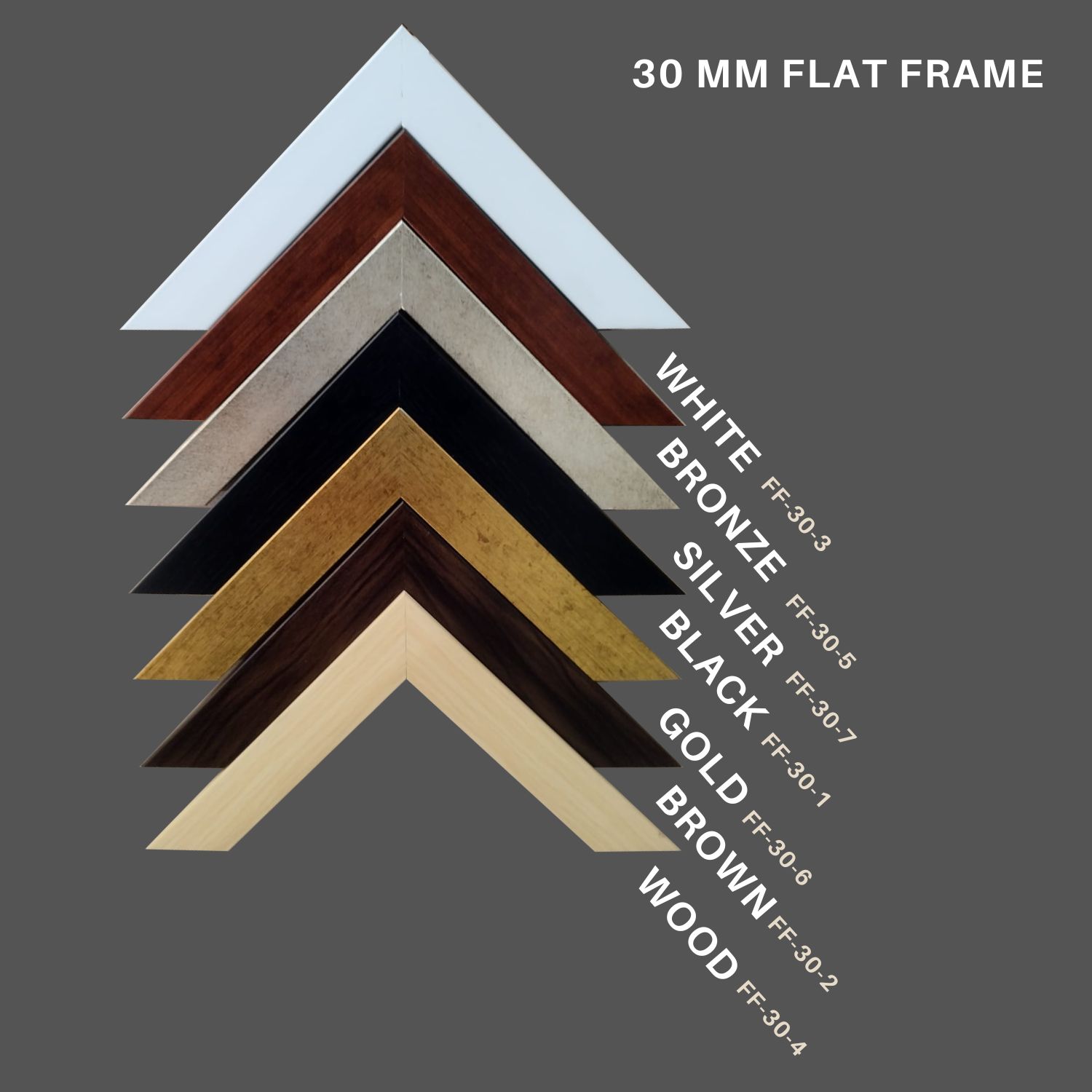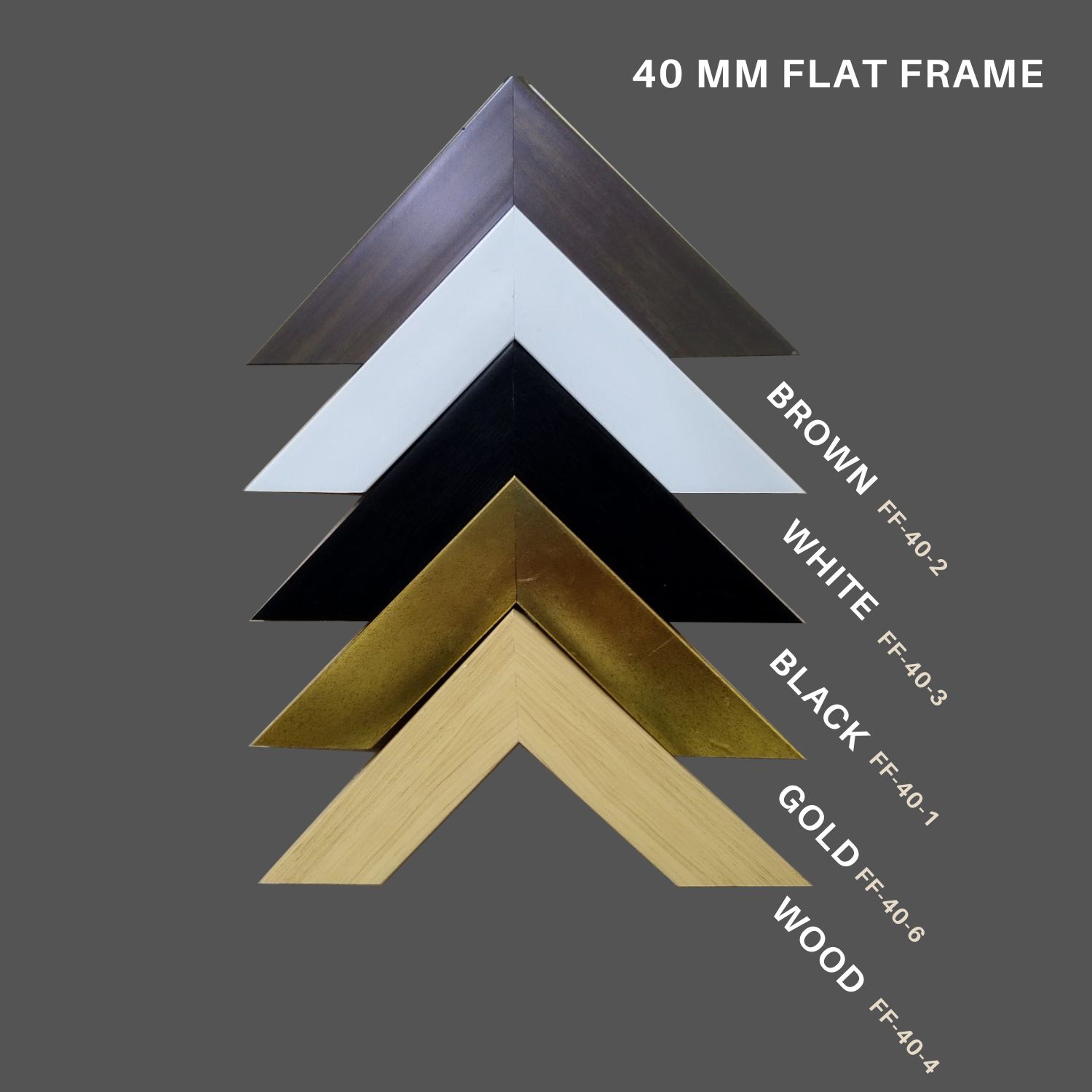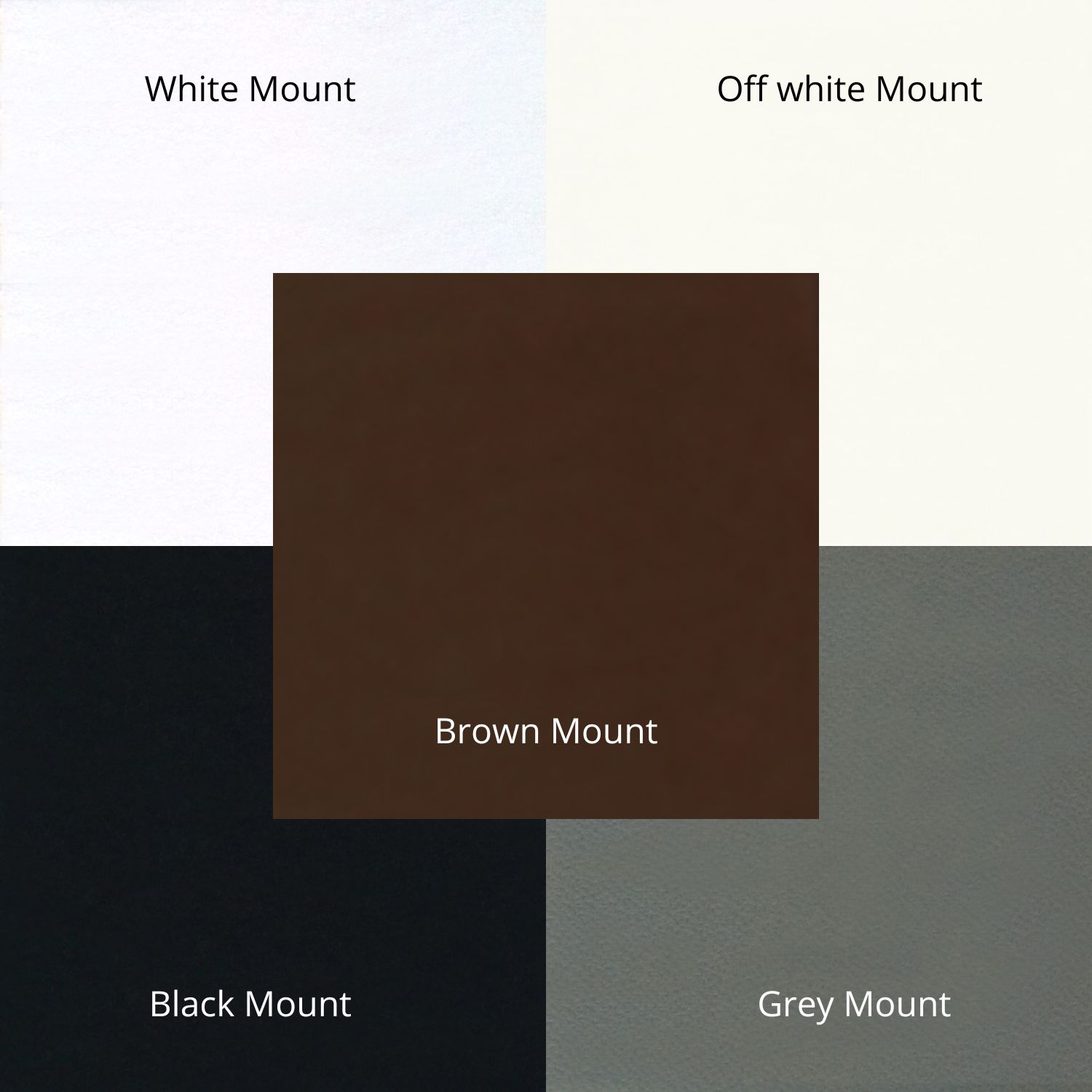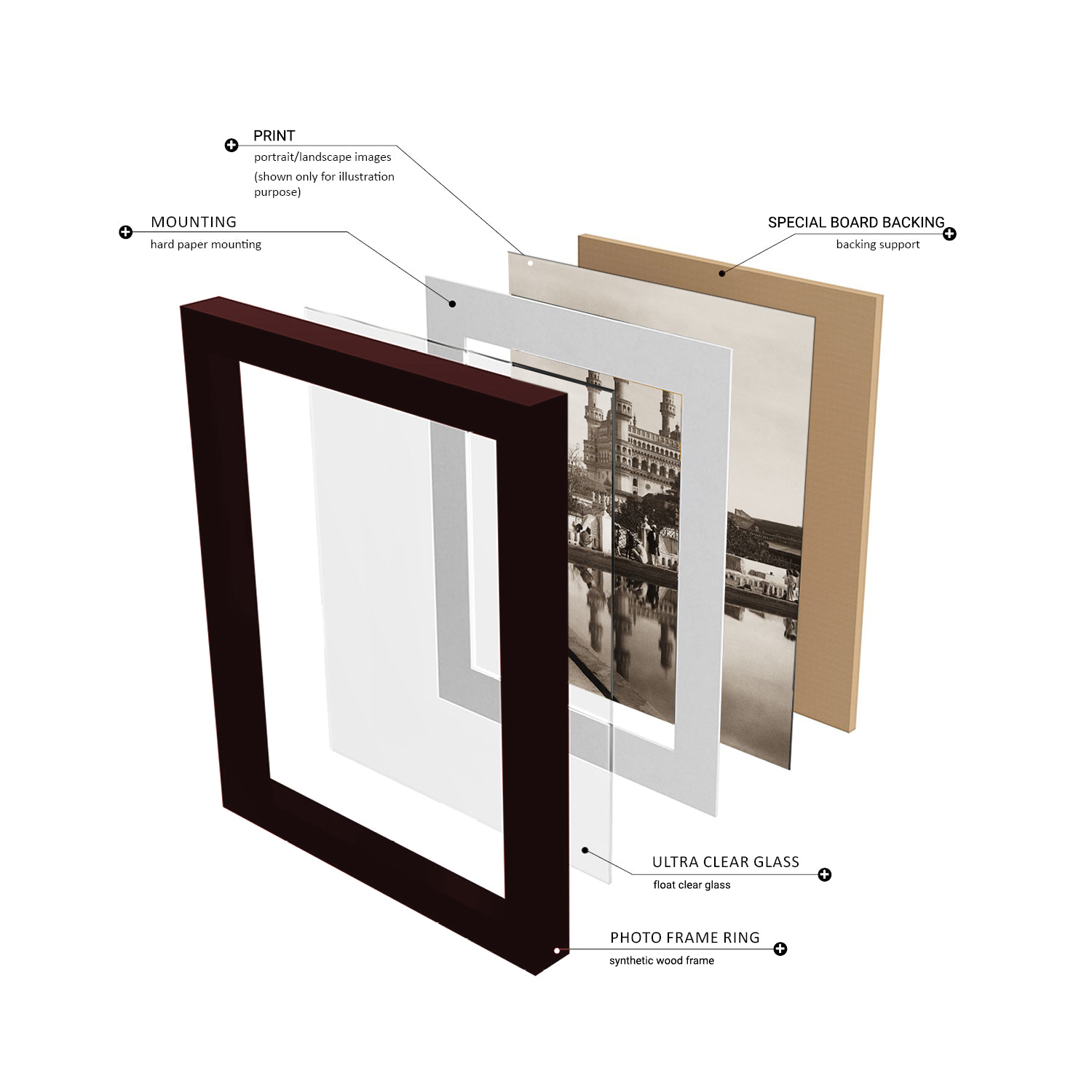DESCRIPTION
This is a vintage photograph of Humayun's Tomb, the resting place for Humayun, the second Mughal emperor. Built in the 1560's, with the patronage of Humayun's son, Akbar the great emperor. Persian and Indian craftsmen worked together to build the garden-tomb designed by Persian architect Mirak Mirza Ghiyas, far grander than any tomb built before in the Islamic world. The architectural features include details both from Persian architecture and Indian architectural traditions.The Persian influence can be seen in the arched alcoves, corridors and the high double dome, while Indian traditions have inspired the creation of the kiosks, which give it a pyramidal outline from distance.
Humayun's Tomb is known to be the first Indian building to use red sandstone on such a massive scale. Many subsequent Mughal rulers are also buried in the tomb complex. The main tomb stands in the center of a square garden, divided into four main parterres by causeways.
The location of the tomb complex was chosen because of its proximity to the Nizamuddin dargah, which is the Sufi saint Nizamuddin Auliya's mausoleum. The tomb had also served as the refuge of Bahadur Shah Zafar, the last Mughal emperor, and three princes during the First Indian War of Independence in 1857.
In 1993 it was declared as a UNESCO World Heritage site.
Dispatch within:
24 hours
Artist Name
Unknown
Medium
Archival Paper
Edition
Open Edition
Specifications
● High-quality reproduction of vintage photographs
● Printed on enhanced matte archival paper with archival inks
● Superior quality frames
● Sturdy rear panel made from special board
● Hangers included for easy installation
Provenance
From the Prshant Lahoti Collection, part of Kalakriti Archives, Hyderabad. A private archive comprising of collection of historical maps, photographs, and popular prints of Indian Sub-continent.
Framing
With Framing
Year
1880 c.


